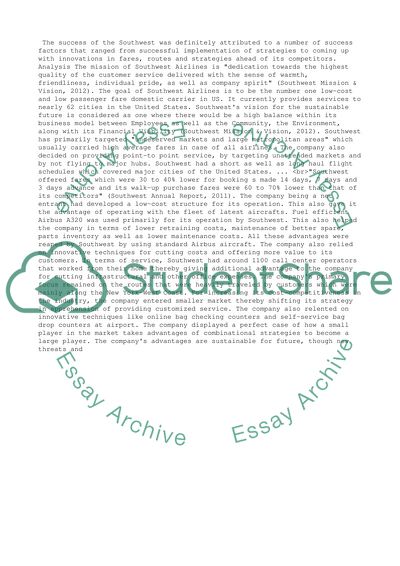Cite this document
(“Strategic Management Process/Vision, Goals and Objectives Term Paper”, n.d.)
Retrieved from https://studentshare.org/management/1448383-strategic-management-process-vision-goals
Retrieved from https://studentshare.org/management/1448383-strategic-management-process-vision-goals
(Strategic Management Process/Vision, Goals and Objectives Term Paper)
https://studentshare.org/management/1448383-strategic-management-process-vision-goals.
https://studentshare.org/management/1448383-strategic-management-process-vision-goals.
“Strategic Management Process/Vision, Goals and Objectives Term Paper”, n.d. https://studentshare.org/management/1448383-strategic-management-process-vision-goals.


